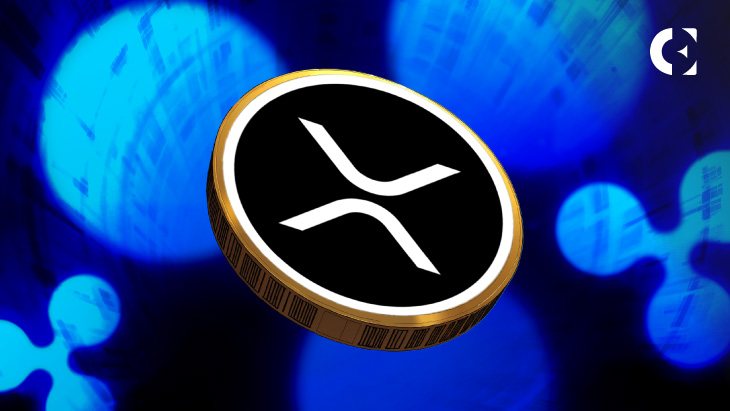- Community members have pointed out XRP’s status as a liquidity engine rather than a gas token
- Last year, Ripple’s CTO David Schwartz said that XRP is the only asset that can be used to pay transaction fees on the XRPL
- Since its launch, RLUSD has seen notable adoption, with over 95% of its transactions occurring on the XRPL
The somewhat recent launch of Ripple’s RLUSD stablecoin has sparked discussions within the XRP community on X, with members debating XRP’s evolving role versus this new digital dollar. Some community members express concerns that RLUSD might diminish XRP’s utility, especially in areas like cross-border payments and liquidity provision.
Community Concerns: Will RLUSD Sideline XRP’s Utility?
One community member particularly highlighted Ripple’s shift to minimize XRP’s role, focusing it mainly on transaction fees, since RLUSD can be used for everything else. However, others pointed out XRP’s status as a liquidity engine rather than a gas token, meaning XRP facilitates efficient value transfer across the XRPL, not just covering transaction fees like Ethereum’s gas.
There were also some rude words thrown in, but what else can you expect from an X community.
Ripple CTO David Schwartz on XRP’s Irreplaceable XRPL Functions
David Schwartz, Ripple’s Chief Technology Officer, addressed some of these concerns last year when he emphasized XRP’s unique and irreplaceable functions on the XRP Ledger (XRPL).
Schwartz pointed out that XRP remains the sole native asset for paying transaction fees on the XRPL. He also reminded the community that every XRPL account must hold a minimum reserve balance of XRP, underscoring its foundational role.
Understanding XRP and RLUSD: Distinct Roles in Ripple’s Vision
To clarify, RLUSD is Ripple’s enterprise-grade stablecoin, fully backed by US dollar deposits, government bonds, and cash equivalents. It is issued on both the XRP Ledger and Ethereum blockchains, with a goal of providing a stable, transparent, and compliant digital asset for real-time global payments and seamless fiat-to-crypto on/off ramps.
Moreover, RLUSD is designed to complement XRP by providing a stable medium of exchange, which is particularly useful for institutions and users requiring price stability in transactions. Since its launch, RLUSD has seen notable adoption, with over 95% of its transactions occurring on the XRPL.
On the other hand, XRP maintains a unique and indispensable role within the XRPL. It serves as a bridge currency, supporting liquidity between different assets on the XRPL through features like auto-bridging.
Also, unlike stablecoins, XRP has no counterparty or jurisdiction, making it immune to freezes or clawbacks.
At the moment, XRP is doing rather well, priced at $2.30, which is a healthy 30% boost in the last 30 days.
Disclaimer: The information presented in this article is for informational and educational purposes only. The article does not constitute financial advice or advice of any kind. Coin Edition is not responsible for any losses incurred as a result of the utilization of content, products, or services mentioned. Readers are advised to exercise caution before taking any action related to the company.











